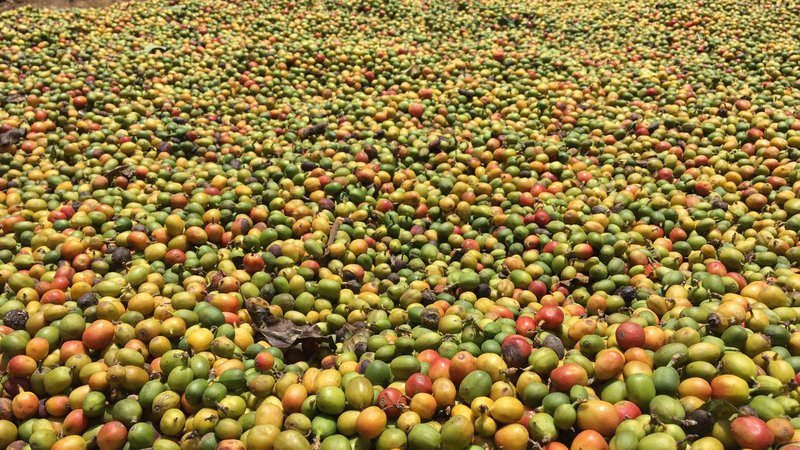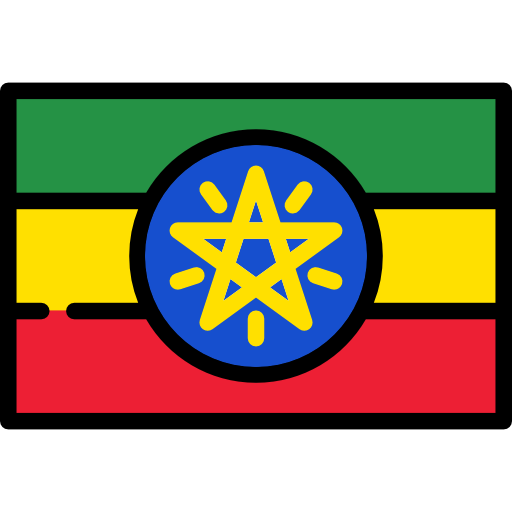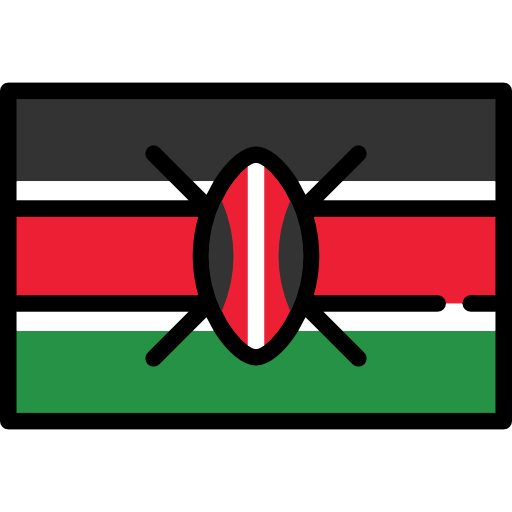Context

Coffee is also an industry that relies on a large labor force for harvesting and preparation for export. It thus represents an important source of employment and incomes for the population and States of the producing countries. Yet this industry seems to be losing ground...
On stock markets, prices continue to drop, producer incomes are falling, production volumes are decreasing due to major sides effect of the global warming (increase of coffee diseases and invasion of parasites).
States are also losing interest in the coffee sector preferring to support more profitable or easier agricultural products.
Lastly, coffee no longer giving rise to vocations for the younger generations who have seen their parents working hard and sometimes in critical conditions, dedicating their lives to coffee without finding their way out of poverty. Family lands are abandoned here again for other, more profitable crops.
It is clear that the model of intensive production, over-exploitation of lands and workforce regardless of social welfare and sustainable development, finds its limits here.
Is it still time to reverse this trend? And if so, what solutions do we have?
At the end of the 90's, a "new wave" of coffee appeared - the so-called Specialty Coffee industry - which puts quality and transparency at the center of the consideration of the value chain: quality of the product and its preparation, quality of the human treatment (better incomes, training, empowerment), quality of the institutional and commercial relations (support and investment by States and commercial actors), quality of the equipment (investment in equipment and technologies facilitating the work of producers and improving the quality of coffee ); traceability from grain to cup, transparent redistribution of wealth...
Certainly a promising model, but also the subject of several questions:
- Are the producers (and the States) ready to adopt this new model?
- Is it applicable on a larger scale?
- Where do we start?
Going to the origin first: meeting producers to become aware of their situation, identify their problems and their needs is a good way to start.
Sharing information then: visions of coffee and how we consume it, sharing our experience as professionals or as simple consumers, giving tools to foster development and empowerment.
And finally communicate with the coffee community and the public about the current coffee context to generate interest, emphasize the value of supporting the specialty sector and potentially find solutions to specific issues identified there.

 Base
Base Colombia
Colombia Ethiopia
Ethiopia Guatemala
Guatemala Indonesia
Indonesia Kenya
Kenya Mexico
Mexico Philippines
Philippines Tanzania
Tanzania Uganda
Uganda